In this guide, we’ll dig into the intricacies of lavender’s survival during the cold months, explore its growing conditions, and share tips on winter care to ensure your lavender plants thrive from season to season.
Understanding Lavender’s Hardiness

To answer the question of lavender’s winter survivability, it is essential first to understand its various species and their hardiness zones. The most commonly cultivated types of lavender are English lavender (Lavandula angustifolia), French lavender (Lavandula dentata), and Spanish lavender (Lavandula stoechas). Each of these varieties has distinct characteristics and cold tolerance levels.
Hardiness Zones and Species
English Lavender (Lavandula angustifolia):
This variety is the most frost-resistant and has a hardiness rating of zones 5 to 9. It can survive in temperatures as low as -10°F (-23°C). English lavender is preferred for colder climates and is known to thrive in dry, well-drained soils.
French Lavender (Lavandula dentata):
French lavender is less hardy, generally suited to zones 8 to 10. It struggles in cold temperatures and may not survive harsh winters. This species is suitable for milder climates and is characterized by its frilled leaves and unique flowering spikes.
Spanish Lavender (Lavandula stoechas):
Also thriving in warm climates, Spanish lavender is best suited for zones 7 to 9. Like French lavender, it is not as frost-resistant and can be negatively impacted by severe winter weather.
Understanding the hardiness zones helps in selecting the right lavender species for your environment. This way, gardeners can choose varieties that are naturally inclined to survive the frosty months.
Factors Affecting Winter Survival
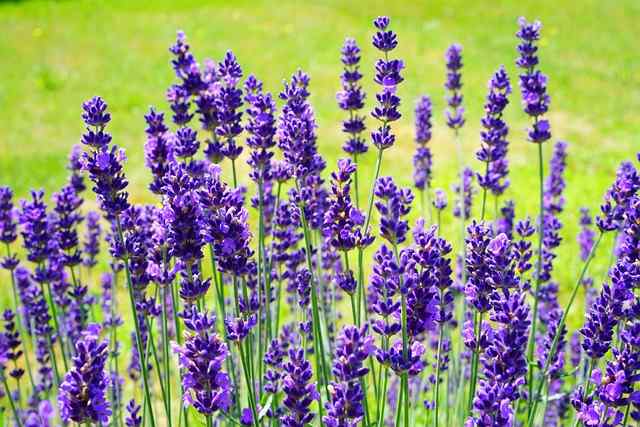
Several environmental factors can influence lavender’s ability to endure winter conditions. Some of the key elements include temperature, moisture, soil type, and sunlight exposure.
Temperature
The severity of winter temperatures plays a significant role in lavender survival. As mentioned, English lavender has a remarkable ability to withstand lower temperatures than its counterparts. However, sudden temperature fluctuations can stress the plant. For instance, a rapid drop in temperature can cause frost damage, leading to the wilting or death of the plant.
Moisture Levels
Lavender plants thrive in well-drained soils, with a preference for dry conditions. During winter, excessive moisture can lead to root rot, particularly if the soil remains waterlogged. It is crucial for gardeners to monitor moisture levels during this season to prevent issues. Alternatively, in areas where winters are dry but frigid, ensuring adequate hydration before the ground freezes is equally essential.
Soil Type
Soil composition affects drainage and nutrient availability for lavender. Sandy, loamy soils with good drainage capabilities are ideal. Heavy clay soils can hold too much moisture and contribute to the risk of root rot. If garden soil tends to retain water, planting lavender in raised beds can provide better drainage and improve its chances of winter survival.
Sunlight Exposure
Lavender plants need ample sunlight to flourish. Ideally, they require at least six hours of direct sunlight each day. In winter, even in regions with milder climates, it is essential to ensure the plants can still access sunlight, as shade from snow-laden branches or other structures could hinder their growth and health.
Preparing Lavender for Winter
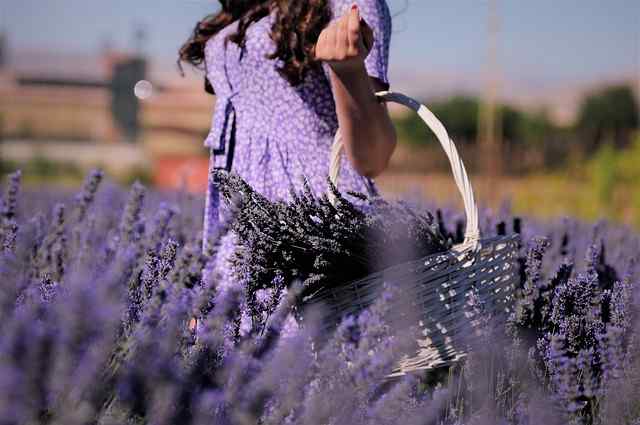
Winter preparation is key to ensuring lavender can survive the colder months. Gardeners can take several preemptive measures to help their plants withstand the chill.
Pruning Before Winter Sets In
Just before winter starts, it is advisable to prune lavender plants. This involves cutting back the spent blooms and a portion of the foliage. Pruning helps minimize the risk of snow damage from heavy snowfalls accumulating on the plant and signaling the plant to enter dormancy. Additionally, proper pruning encourages healthy growth in the spring.
When pruning, always use clean, sharp tools to make precise cuts and avoid disfiguring the plant. A general rule of thumb is to remove about one-third of the plant’s height while taking care not to cut too deeply into the woody stems.
Applying Mulch
Applying mulch around the base of lavender plants can offer insulation against the cold. Organic materials such as straw, wood chips, or shredded leaves create a protective layer that helps regulate soil temperatures. While applying mulch, be mindful not to pile it against the plant’s stems, as this could create moisture retention and lead to rot.
Watering Before the Freeze
A well-hydrated lavender is better equipped to withstand winter challenges. Before the anticipated freeze, give your lavender a good watering—make sure the soil is moist but not saturated. This practice helps establish a stronger root system, which is crucial for survival during the cold months.
Creating Windbreaks
In climates where strong winds accompany winter weather, installing windbreaks can protect lavender plants from desiccation caused by cold gusts. Utilizing structures such as fences or planting other shrubs can create a barrier that helps reduce exposure to harsh elements.
Indoor Winter Care for Potted Lavender
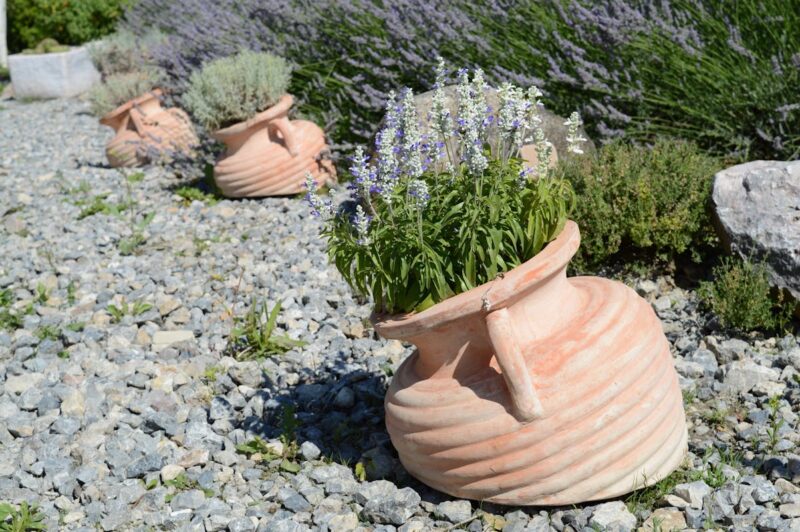
For those growing lavender in pots, winter presents unique challenges and opportunities. Potted plants require different care protocols than those planted directly in the ground.
Choosing the Right Location
If you live in a region where winter temperatures are too harsh for potted lavender, consider relocating the pots to a more sheltered location. A south-facing window or unheated garage may provide enough light and warmth for lavender to survive the winter months. However, ensure that the location contributes to at least six hours of indirect sunlight.
Monitoring Watering Needs
Potted lavender requires less water during winter due to a reduction in its overall growth. Checking the soil moisture is essential; if the top inch feels dry, it’s time for a light watering. Overwatering during this period can lead to root rot.
Providing Adequate Drainage
Ensure that your pots have drainage holes. Sitting in excess water can quickly become a death sentence for lavender, especially during winter. If the pots don’t drain properly, consider replanting into new containers or adding drainage materials like gravel to the bottom.
Reducing Fertilization
During the winter months, the lavender plant is typically dormant and needs minimal nutrients. Reduce or cease fertilization until spring when new growth begins.
Signs That Lavender is Struggling in Winter
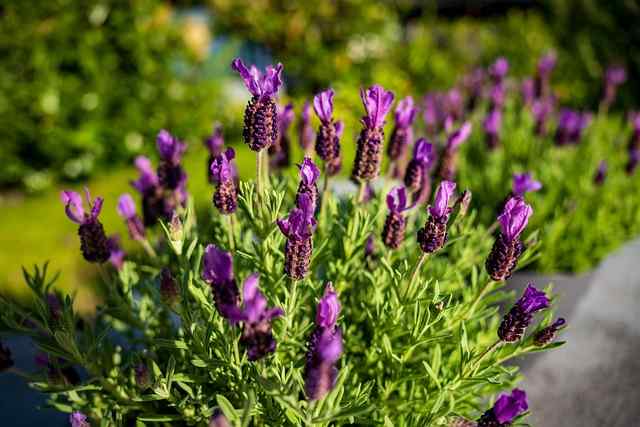
Gardeners should be aware of the signs that lavender is not faring well in winter conditions. Early detection can save a plant from impending damage.
Discoloration of Leaves
Yellowing leaves, particularly in otherwise healthy plants, may indicate overwatering or insufficient drainage. If left unaddressed, this can lead to root rot. Conversely, leaves turning brown may signal frost damage.
Wilting
Wilting goes hand in hand with various issues. When lavender appears limp or drooping, it may be suffering from insufficient water or heat stress due to exposure to cold winds.
Root Rot
One of the most damaging conditions that lavender can suffer from during winter is root rot. Affected plants will exhibit stunted growth and yellowing leaves. In severe cases, the roots may appear brown or mushy. If you suspect root rot, inspecting the root system is vital. Healthy roots should be white and firm.
Reviving Lavender After Winter
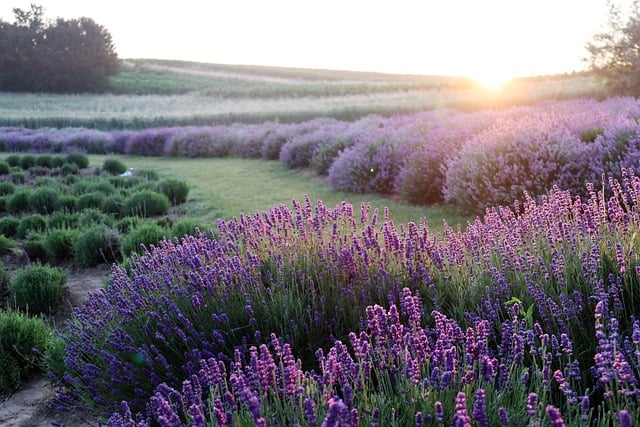
If winter has taken a toll on your lavender plants, recovery is still possible with proper care and attention.
Assessing Damage
After the last frost date, it’s time to assess the lavender for signs of damage. Check the stems and look for any signs of green growth. If the stems are still pliable, you may have some hope for recovery. If they are brittle or brown, they may not survive.
Pruning Dead Growth
After assessing the plant’s overall condition, go ahead and prune away any dead or damaged stems. This allows the plant to redirect energy into new growth. For plants that appear mostly healthy, remove only the tips of damaged stems while leaving the base intact.
Fertilizing in Spring
As spring approaches, it’s time to resume fertilizing lavender. A balanced, slow-release fertilizer or an organic option like compost can provide the necessary nutrients to kickstart growth. Apply the fertilizer following the manufacturer’s instructions to prevent over-fertilization.
Watering Routine
As temperatures rise, establish a watering routine that aligns with lavender’s preferences. Water the plants thoroughly but allow the soil to dry between watering sessions. Diligence in this care routine will help them rebound from winter stress.
Conclusion
The question of whether lavender can survive winter depends heavily on the species planted, the environmental conditions, and the care it receives. While English lavender stands as the hardiest variety, effective winter preparation, thoughtful care, and post-winter reviving practices can significantly enhance the chances of survival for all lavender types.





